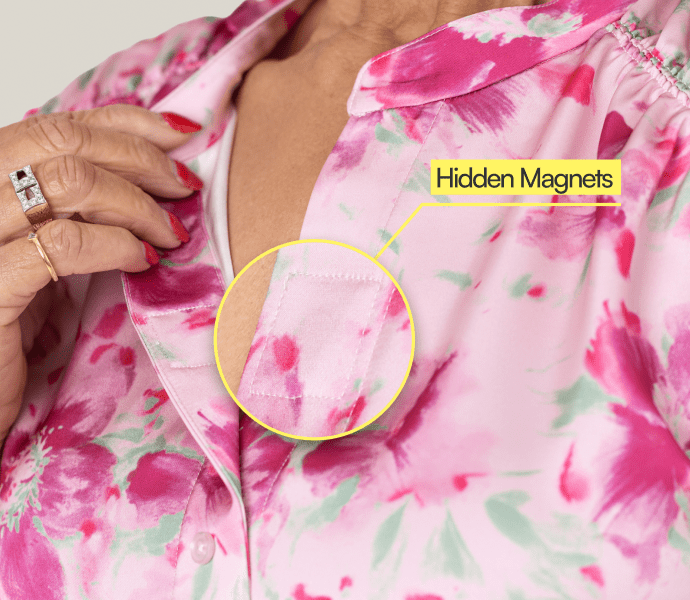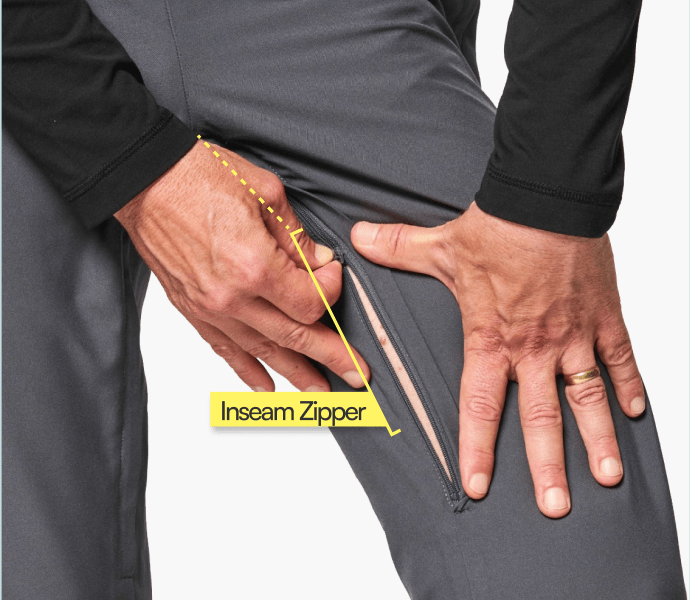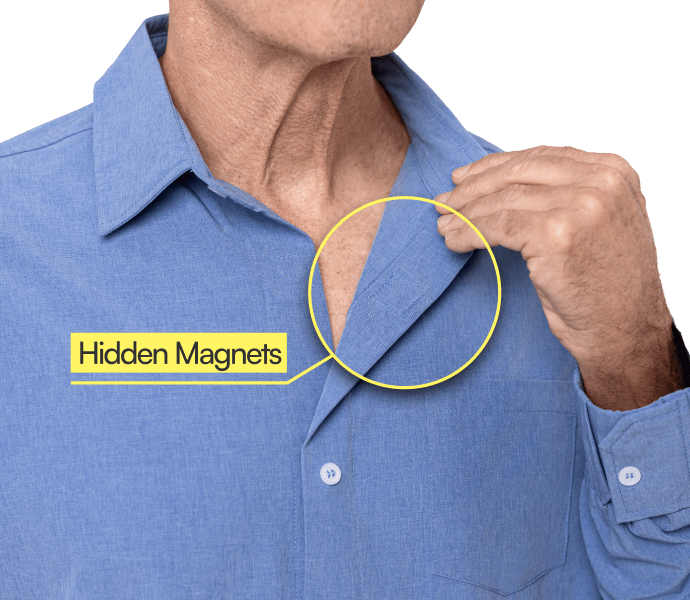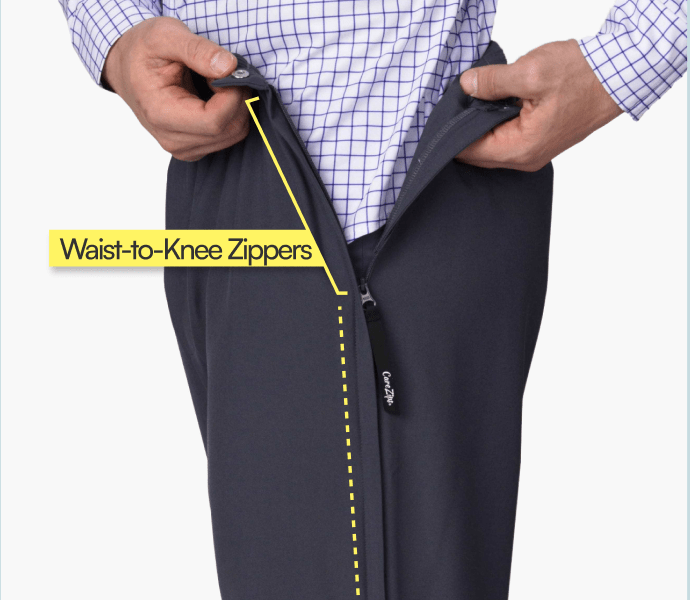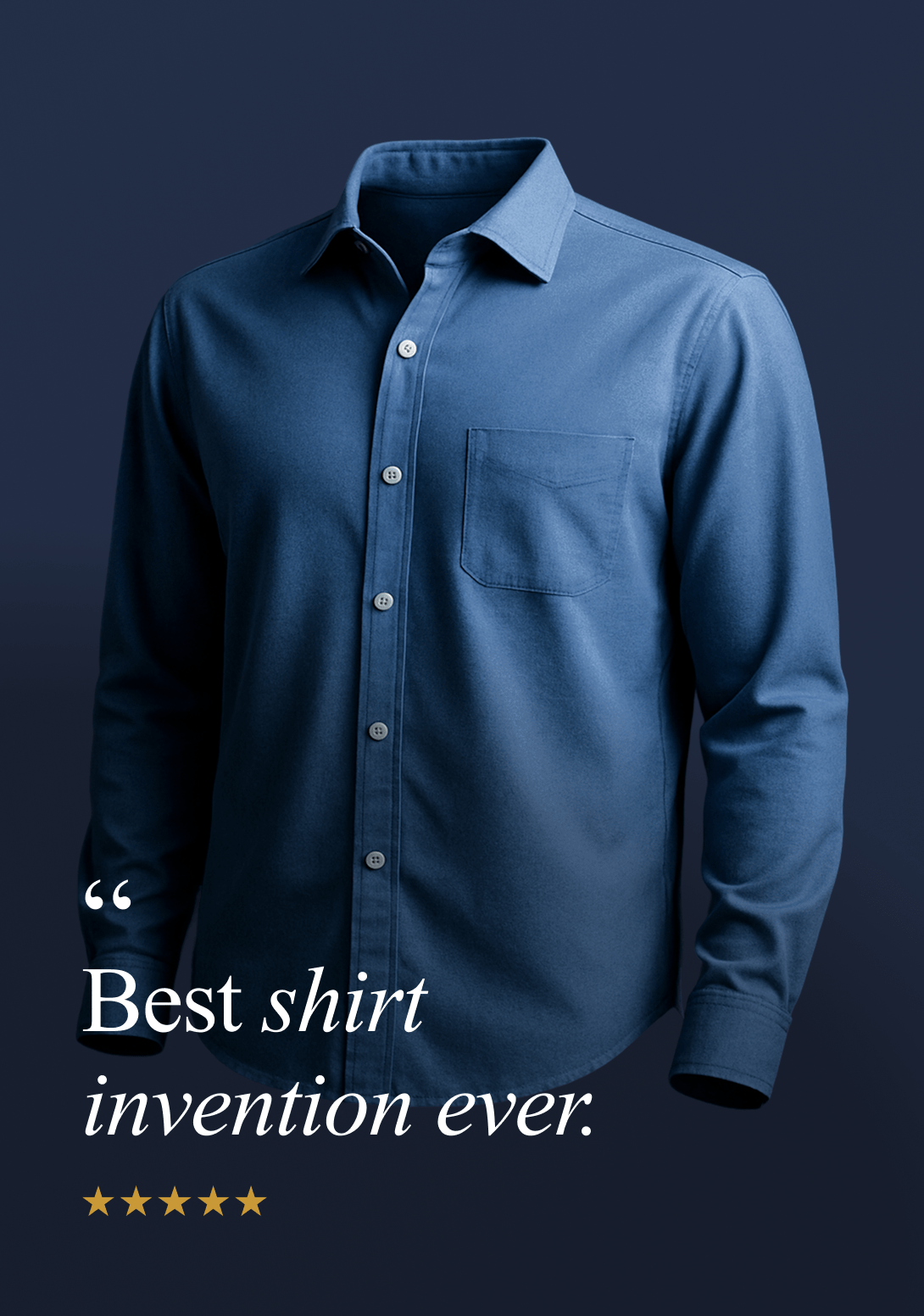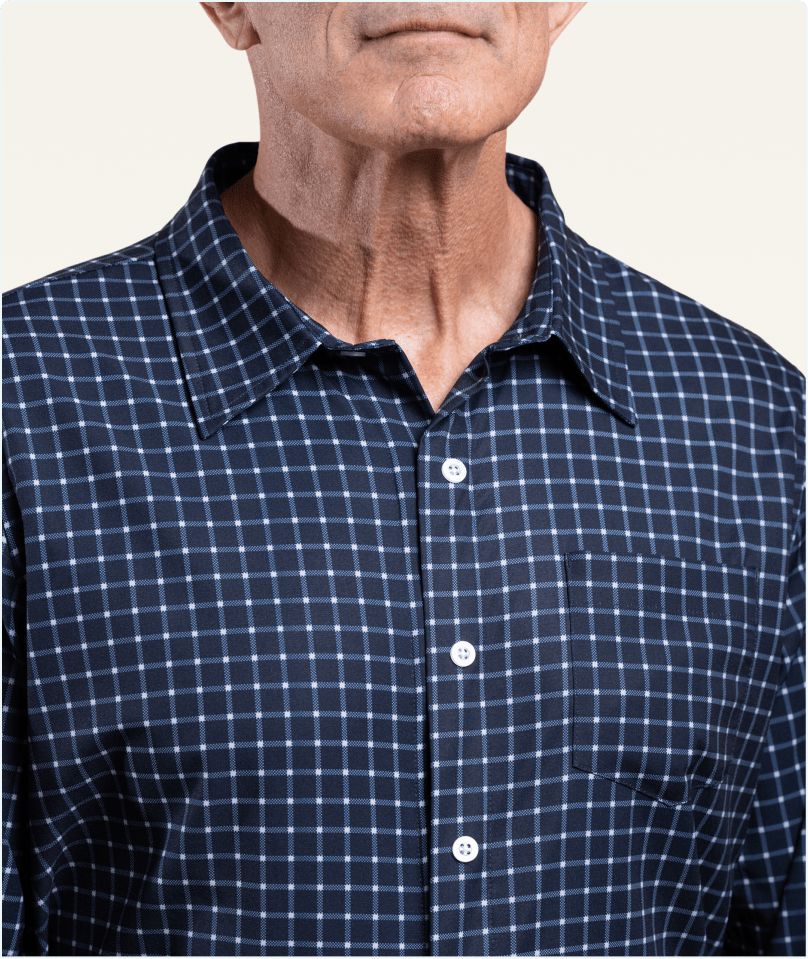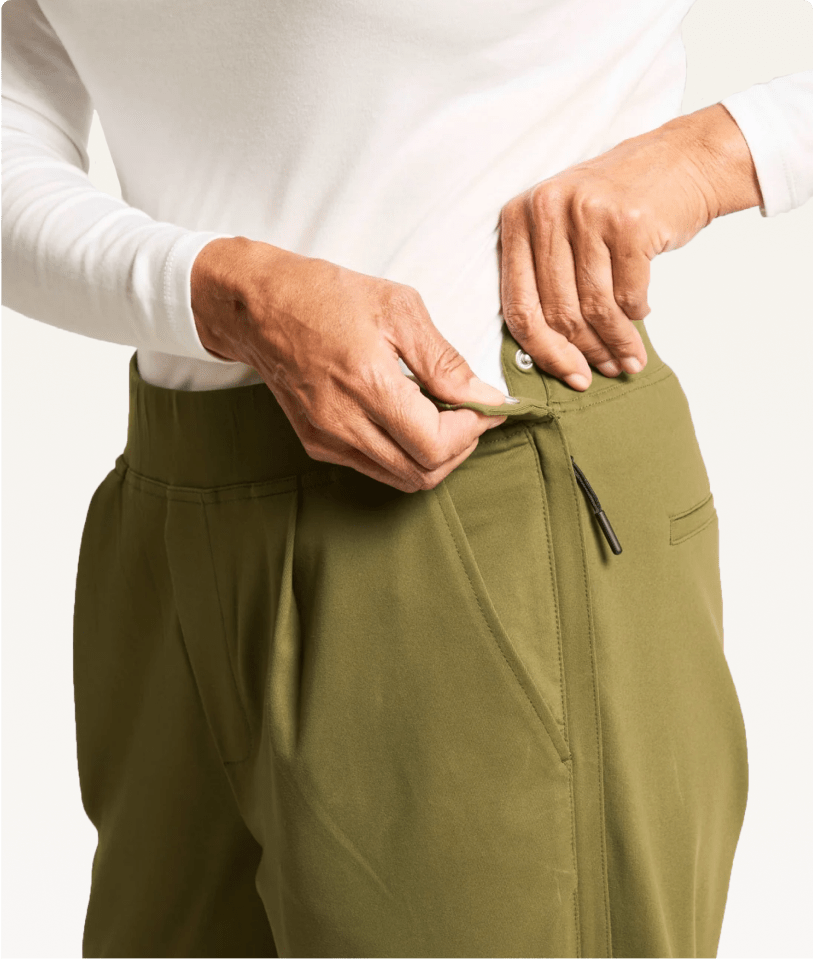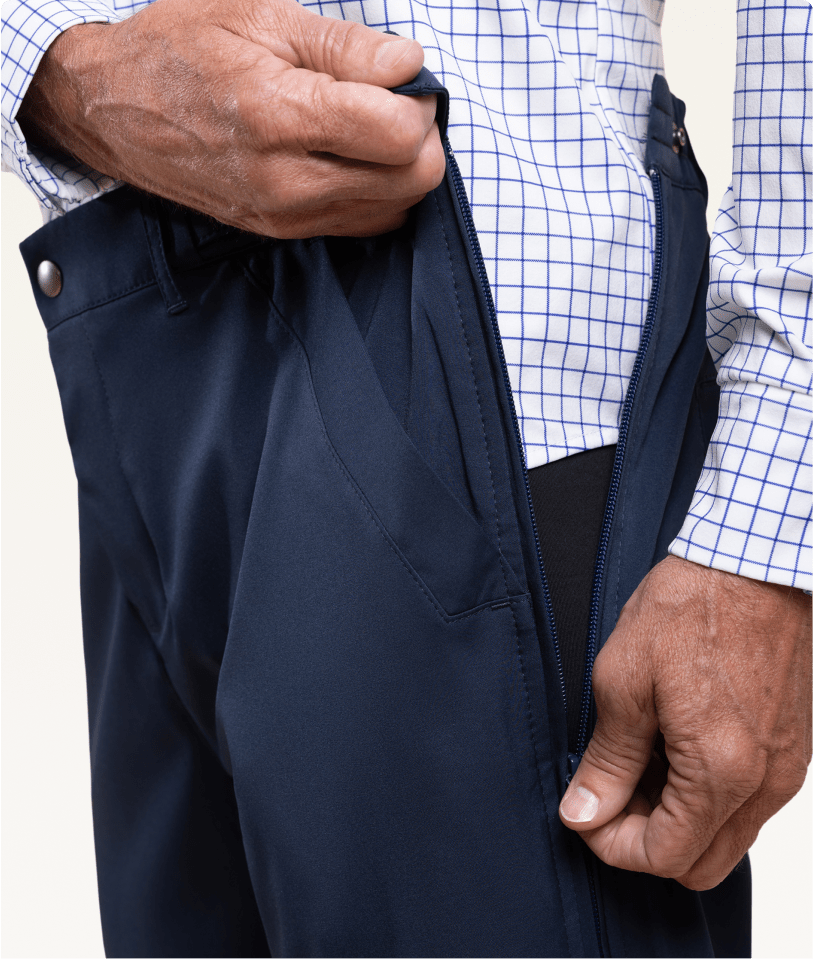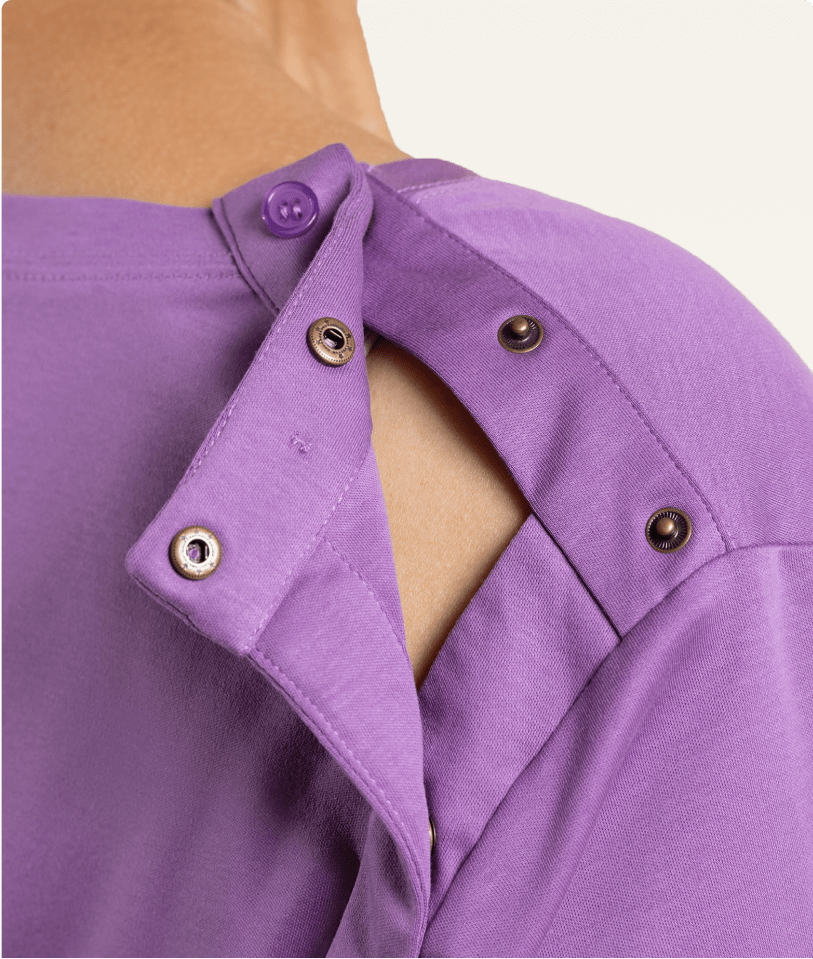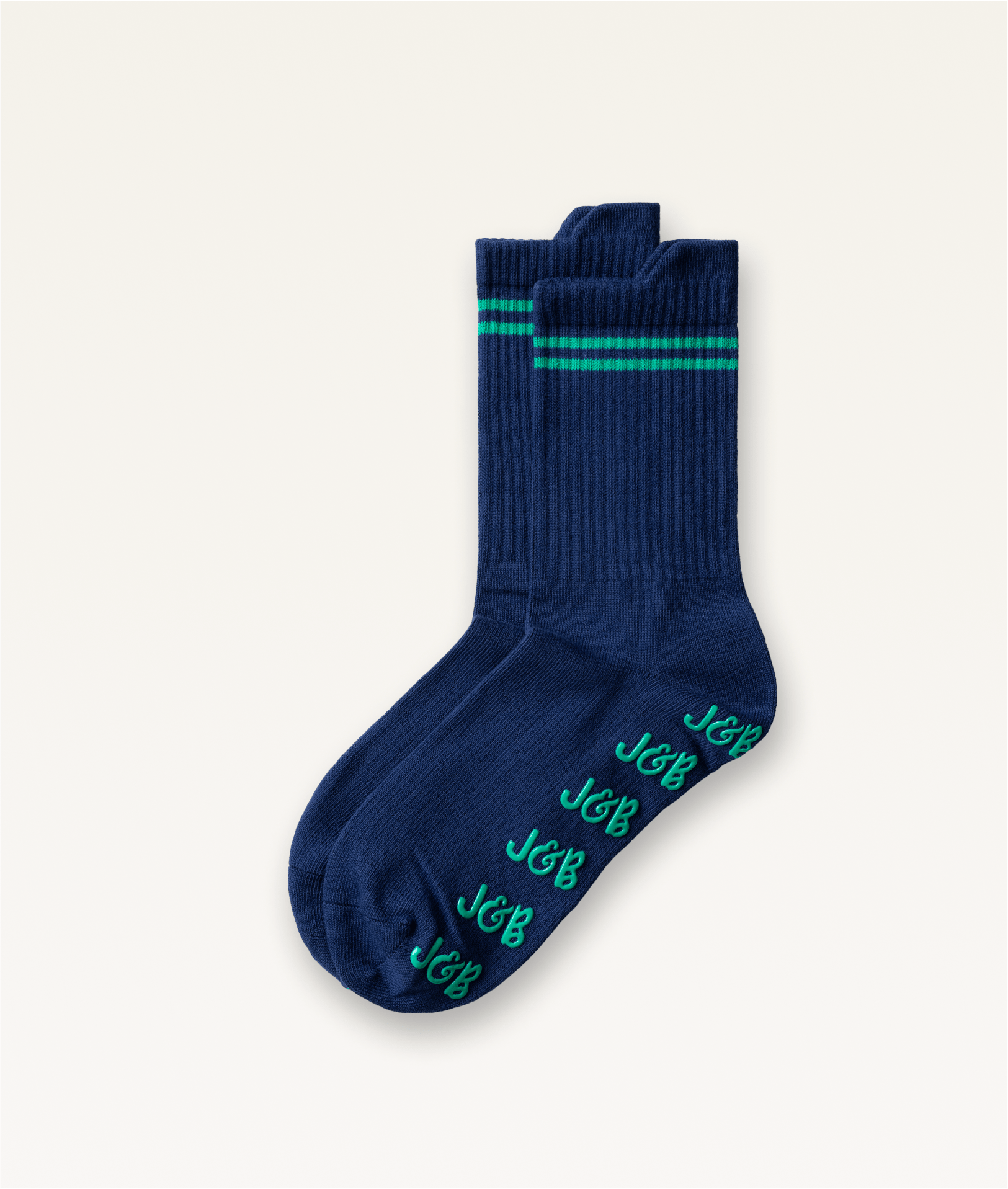-
 Best Seller 19% OffRegular price $88Regular priceUnit price per
Best Seller 19% OffRegular price $88Regular priceUnit price per$108Sale price $88Best Seller 19% Off





Everyday Magnetic Button-Down | Tailored-Fit
Sale Sold outRegular price $88Regular priceUnit price per$108Sale price $88Only 40 left in stock — don’t miss out!
View Full Product DetailsCouldn't load pickup availability
-
 19% OffRegular price $88Regular priceUnit price per
19% OffRegular price $88Regular priceUnit price per$108Sale price $8819% Off





Everyday Magnetic Button-Down | Tailored-Fit
Sale Sold outRegular price $88Regular priceUnit price per$108Sale price $88Only 40 left in stock — don’t miss out!
View Full Product DetailsCouldn't load pickup availability
-
 19% OffRegular price $88Regular priceUnit price per
19% OffRegular price $88Regular priceUnit price per$108Sale price $8819% Off






Everyday Magnetic Button-Down | Tailored-Fit
Sale Sold outRegular price $88Regular priceUnit price per$108Sale price $88Only 40 left in stock — don’t miss out!
View Full Product DetailsCouldn't load pickup availability
-
 19% OffRegular price $88Regular priceUnit price per
19% OffRegular price $88Regular priceUnit price per$108Sale price $8819% Off





Everyday Magnetic Button-Down | Tailored-Fit
Sale Sold outRegular price $88Regular priceUnit price per$108Sale price $88Only 40 left in stock — don’t miss out!
View Full Product DetailsCouldn't load pickup availability
-
 19% OffRegular price $88Regular priceUnit price per
19% OffRegular price $88Regular priceUnit price per$108Sale price $8819% Off




Everyday Magnetic Button-Down | Tailored-Fit
Sale Sold outRegular price $88Regular priceUnit price per$108Sale price $88Only 40 left in stock — don’t miss out!
View Full Product DetailsCouldn't load pickup availability
-
 19% OffRegular price $88Regular priceUnit price per
19% OffRegular price $88Regular priceUnit price per$108Sale price $8819% Off






Magnetic Button-Down | Relaxed-Fit
Sale Sold outRegular price $88Regular priceUnit price per$108Sale price $88Only 23 left in stock — don’t miss out!
View Full Product DetailsCouldn't load pickup availability
-
 19% OffRegular price $88Regular priceUnit price per
19% OffRegular price $88Regular priceUnit price per$108Sale price $8819% Off





Magnetic Button-Down | Relaxed-Fit
Sale Sold outRegular price $88Regular priceUnit price per$108Sale price $88Only 23 left in stock — don’t miss out!
View Full Product DetailsCouldn't load pickup availability
-
 Best Seller 19% OffRegular price $88Regular priceUnit price per
Best Seller 19% OffRegular price $88Regular priceUnit price per$108Sale price $88Best Seller 19% Off






Magnetic Button-Down | Relaxed-Fit
Sale Sold outRegular price $88Regular priceUnit price per$108Sale price $88Only 23 left in stock — don’t miss out!
View Full Product DetailsCouldn't load pickup availability
-
 19% OffRegular price $88Regular priceUnit price per
19% OffRegular price $88Regular priceUnit price per$108Sale price $8819% Off




Magnetic Button-Down | Relaxed-Fit
Sale Sold outRegular price $88Regular priceUnit price per$108Sale price $88Only 23 left in stock — don’t miss out!
View Full Product DetailsCouldn't load pickup availability
-
 19% OffRegular price $88Regular priceUnit price per
19% OffRegular price $88Regular priceUnit price per$108Sale price $8819% Off




Magnetic Button-Down | Relaxed-Fit
Sale Sold outRegular price $88Regular priceUnit price per$108Sale price $88Only 23 left in stock — don’t miss out!
View Full Product DetailsCouldn't load pickup availability
-
 59% OffRegular price $44Regular priceUnit price per
59% OffRegular price $44Regular priceUnit price per$108Sale price $4459% Off




Magnetic Button-Down | Relaxed-Fit
Sale Sold outRegular price $88Regular priceUnit price per$108Sale price $88Only 23 left in stock — don’t miss out!
View Full Product DetailsCouldn't load pickup availability
-
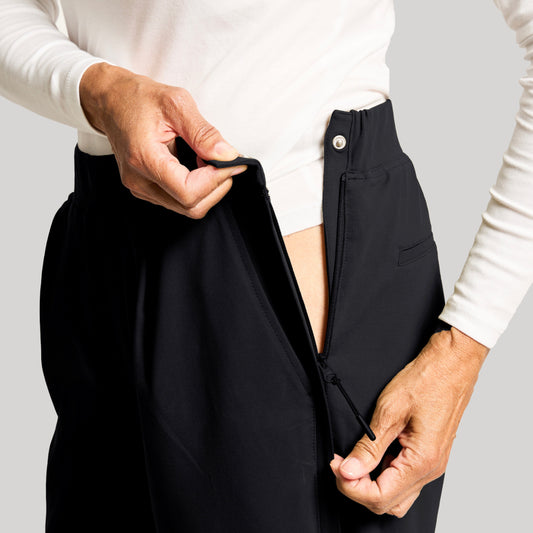 Best Seller 10% OffRegular price $88Regular priceUnit price per
Best Seller 10% OffRegular price $88Regular priceUnit price per$98Sale price $8810% Off

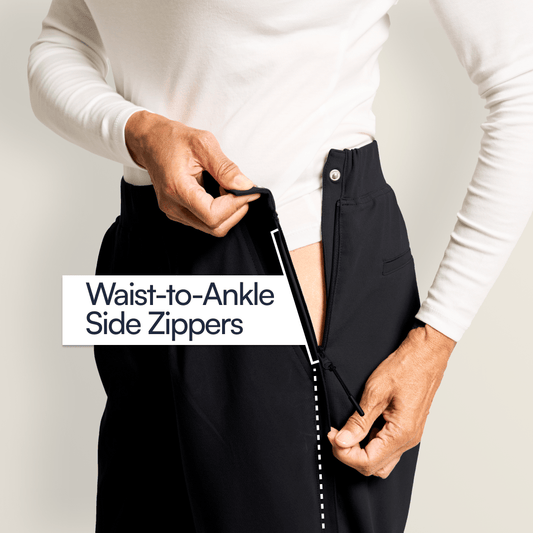

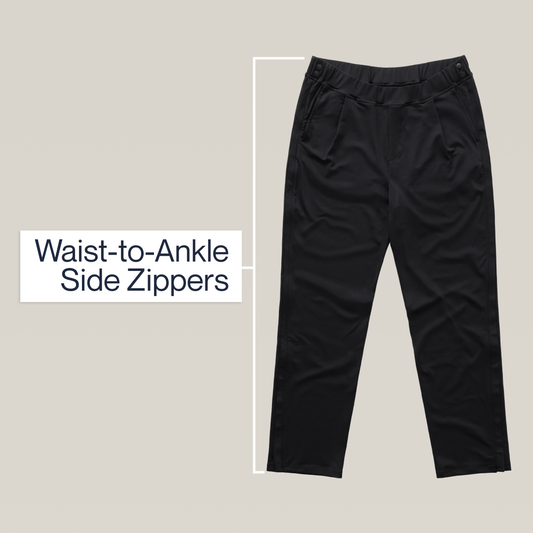
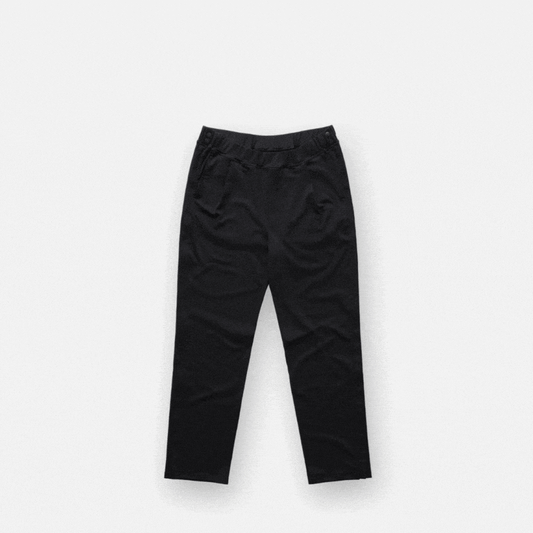
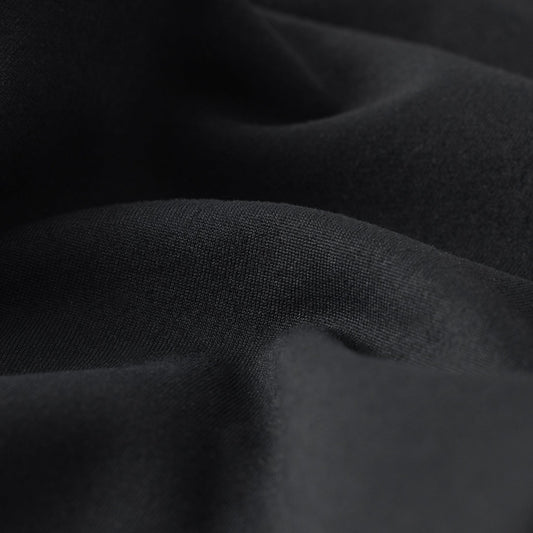
Everyday Side-Zip Pant
Sale Sold outRegular price $88Regular priceUnit price per$98Sale price $88Only 7 left in stock — don’t miss out!
View Full Product DetailsCouldn't load pickup availability
-
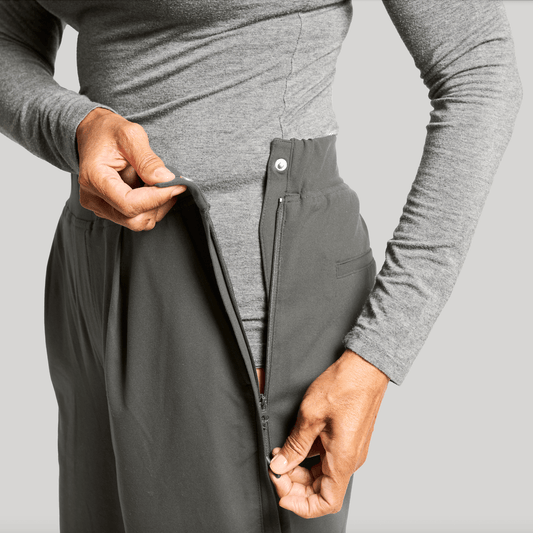 10% OffRegular price $88Regular priceUnit price per
10% OffRegular price $88Regular priceUnit price per$98Sale price $8810% Off
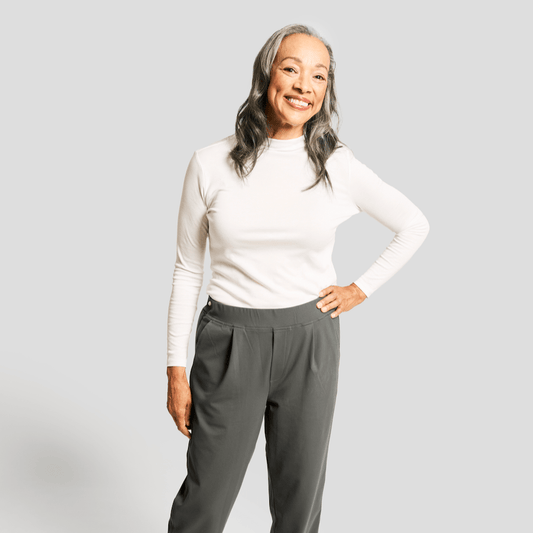
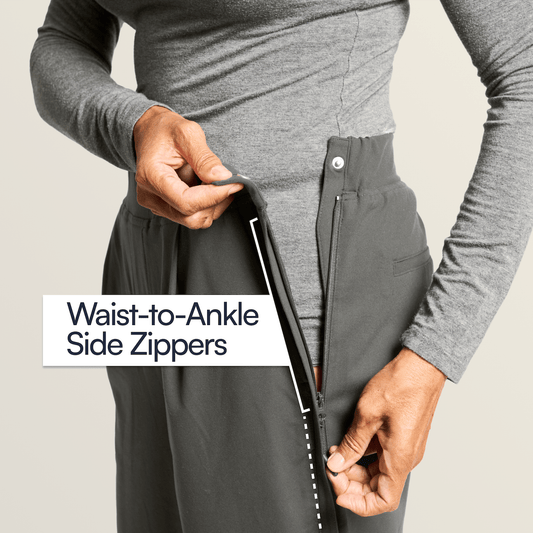
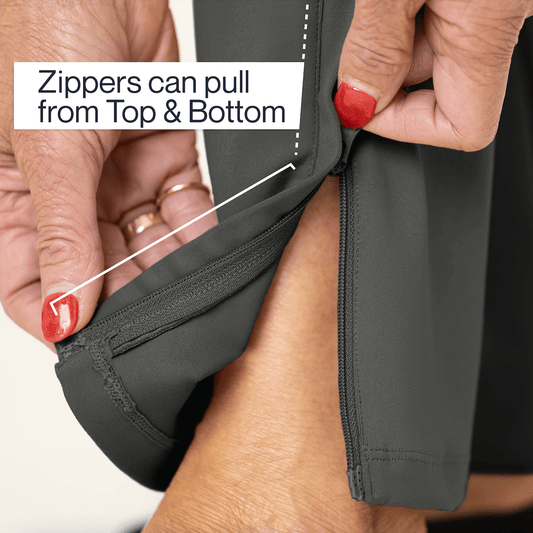


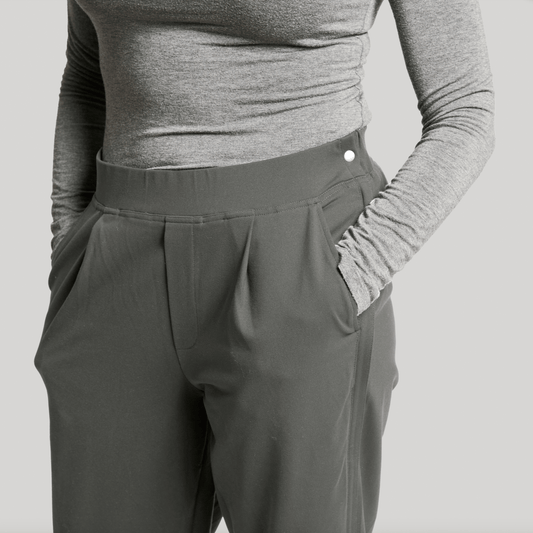
Everyday Side-Zip Pant
Sale Sold outRegular price $88Regular priceUnit price per$98Sale price $88Only 7 left in stock — don’t miss out!
View Full Product DetailsCouldn't load pickup availability
-
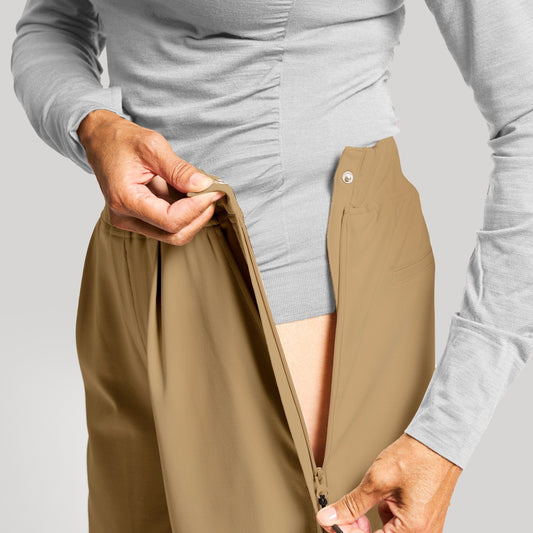 Regular price $98Regular priceUnit price per
Regular price $98Regular priceUnit price per$98Sale price $980% Off






Everyday Side-Zip Pant
Sale Sold outRegular price $88Regular priceUnit price per$98Sale price $88Only 7 left in stock — don’t miss out!
View Full Product DetailsCouldn't load pickup availability
-
 Regular price $98Regular priceUnit price per
Regular price $98Regular priceUnit price per$98Sale price $980% Off


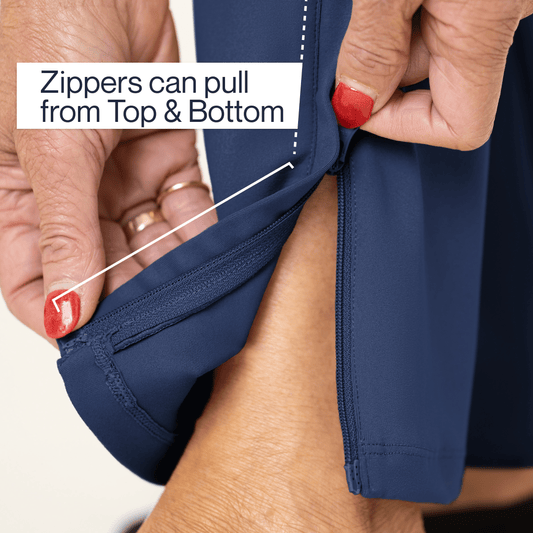


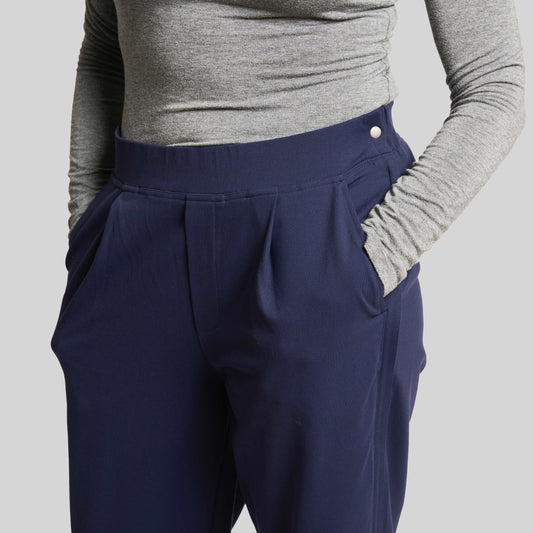
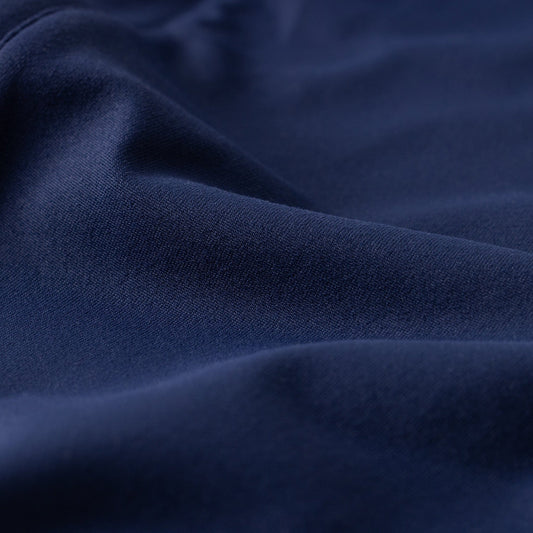
Everyday Side-Zip Pant
Sale Sold outRegular price $88Regular priceUnit price per$98Sale price $88Only 7 left in stock — don’t miss out!
View Full Product DetailsCouldn't load pickup availability
-
 19% OffRegular price $88Regular priceUnit price per
19% OffRegular price $88Regular priceUnit price per$108Sale price $8819% Off




Short-Sleeve Everyday Magnetic-Button Shirt
Sale Sold outRegular price $88Regular priceUnit price per$108Sale price $88Only 6 left in stock — don’t miss out!
View Full Product DetailsCouldn't load pickup availability
-
 19% OffRegular price $88Regular priceUnit price per
19% OffRegular price $88Regular priceUnit price per$108Sale price $8819% Off





Short-Sleeve Everyday Magnetic-Button Shirt
Sale Sold outRegular price $88Regular priceUnit price per$108Sale price $88Only 6 left in stock — don’t miss out!
View Full Product DetailsCouldn't load pickup availability
-
 35% OffRegular price $70Regular priceUnit price per
35% OffRegular price $70Regular priceUnit price per$108Sale price $7035% Off




Short-Sleeve Everyday Magnetic-Button Shirt
Sale Sold outRegular price $88Regular priceUnit price per$108Sale price $88Only 6 left in stock — don’t miss out!
View Full Product DetailsCouldn't load pickup availability
-
 19% OffRegular price $88Regular priceUnit price per
19% OffRegular price $88Regular priceUnit price per$108Sale price $8819% Off





Everyday Magnetic Flannel
Sale Sold outRegular price $88Regular priceUnit price per$108Sale price $88Only 13 left in stock — don’t miss out!
View Full Product DetailsCouldn't load pickup availability
-
 19% OffRegular price $88Regular priceUnit price per
19% OffRegular price $88Regular priceUnit price per$108Sale price $8819% Off





Everyday Magnetic Flannel
Sale Sold outRegular price $88Regular priceUnit price per$108Sale price $88Only 13 left in stock — don’t miss out!
View Full Product DetailsCouldn't load pickup availability
-
 19% OffRegular price $88Regular priceUnit price per
19% OffRegular price $88Regular priceUnit price per$108Sale price $8819% Off





Everyday Magnetic Flannel
Sale Sold outRegular price $88Regular priceUnit price per$108Sale price $88Only 13 left in stock — don’t miss out!
View Full Product DetailsCouldn't load pickup availability
-
 26% OffRegular price $80Regular priceUnit price per
26% OffRegular price $80Regular priceUnit price per$108Sale price $8026% Off




CareZips® Women's Adaptive Pants
Sale Sold outRegular price $80Regular priceUnit price per$108Sale price $80Only 4 left in stock — don’t miss out!
View Full Product DetailsCouldn't load pickup availability
-
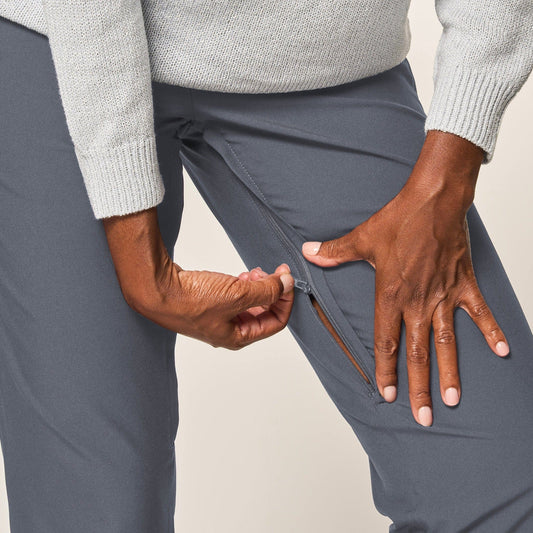 19% OffRegular price $88Regular priceUnit price per
19% OffRegular price $88Regular priceUnit price per$108Sale price $8819% Off
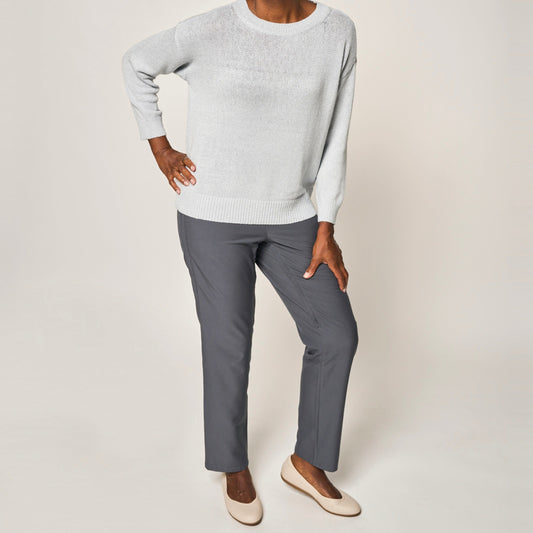
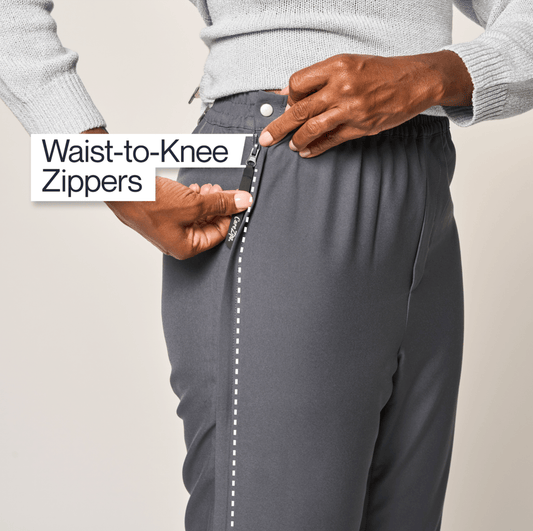
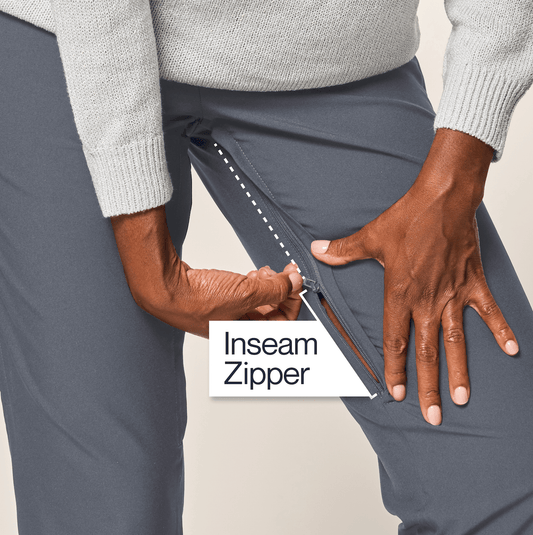
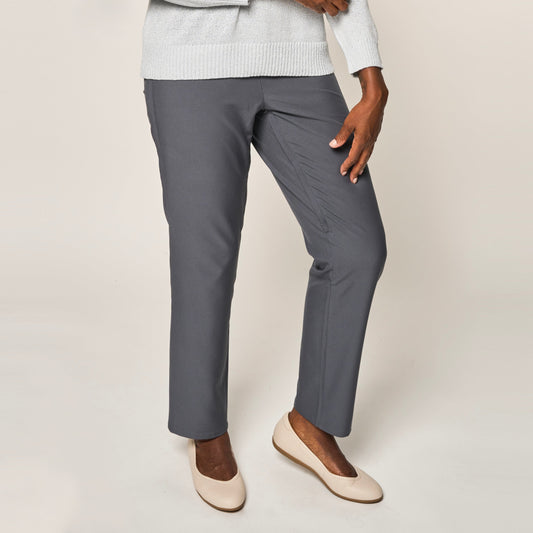
CareZips® Women's Adaptive Pants
Sale Sold outRegular price $80Regular priceUnit price per$108Sale price $80Only 4 left in stock — don’t miss out!
View Full Product DetailsCouldn't load pickup availability
-
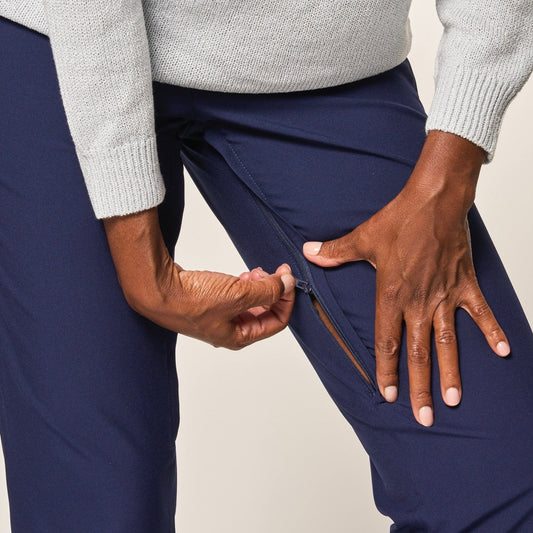 19% OffRegular price $88Regular priceUnit price per
19% OffRegular price $88Regular priceUnit price per$108Sale price $8819% Off
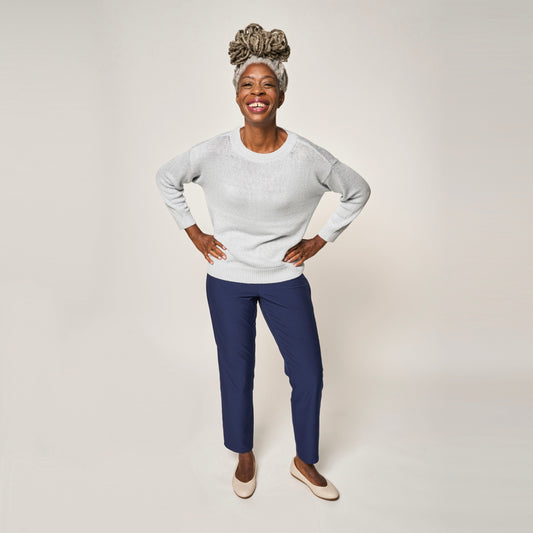

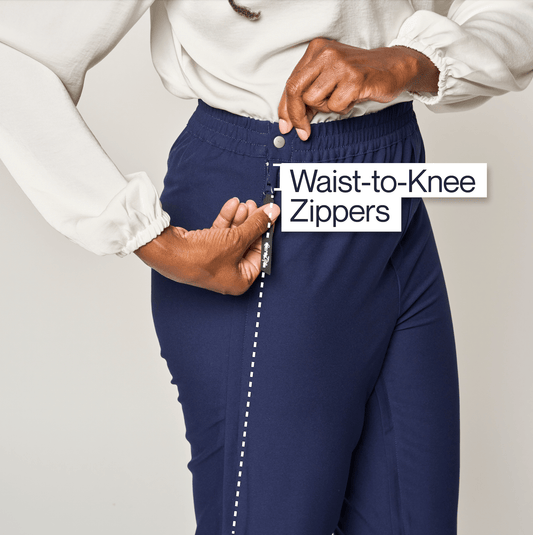
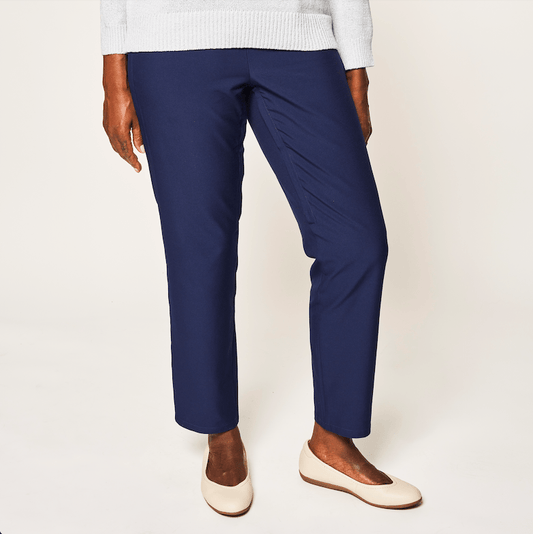
CareZips® Women's Adaptive Pants
Sale Sold outRegular price $80Regular priceUnit price per$108Sale price $80Only 4 left in stock — don’t miss out!
View Full Product DetailsCouldn't load pickup availability
-
 Regular price $128Regular priceUnit price per
Regular price $128Regular priceUnit price per$128Sale price $128







Signature Magnetic Zip-Up Sweater For Men
Sale Sold outRegular price $128Regular priceUnit price per$128Sale price $128Only 5 left in stock — don’t miss out!
View Full Product DetailsCouldn't load pickup availability
-
 Regular price $128Regular priceUnit price per
Regular price $128Regular priceUnit price per$128Sale price $128






Signature Magnetic Zip-Up Sweater For Men
Sale Sold outRegular price $128Regular priceUnit price per$128Sale price $128Only 5 left in stock — don’t miss out!
View Full Product DetailsCouldn't load pickup availability
-
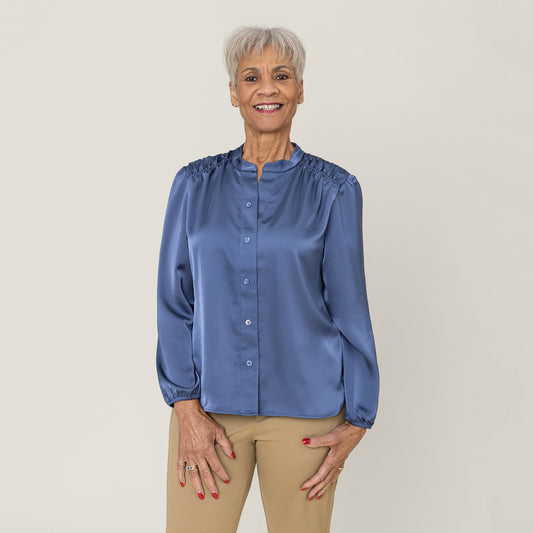 11% OffRegular price $78Regular priceUnit price per
11% OffRegular price $78Regular priceUnit price per$88Sale price $7811% Off
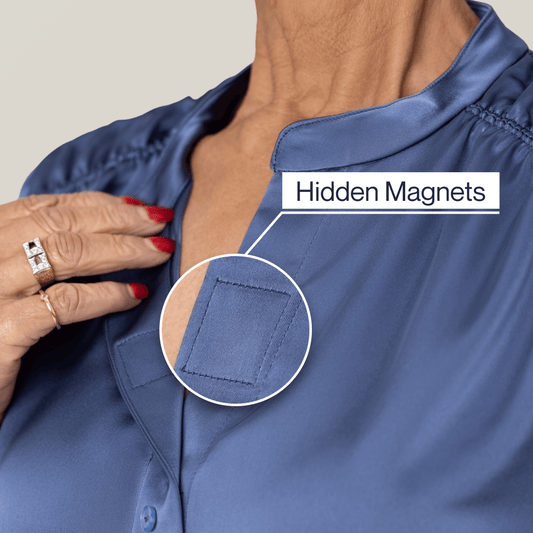
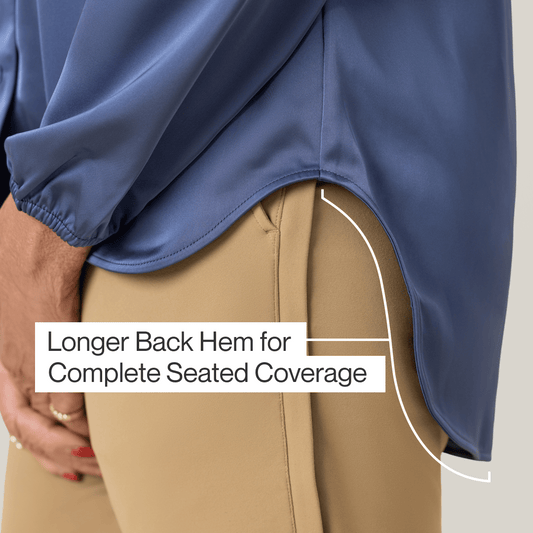
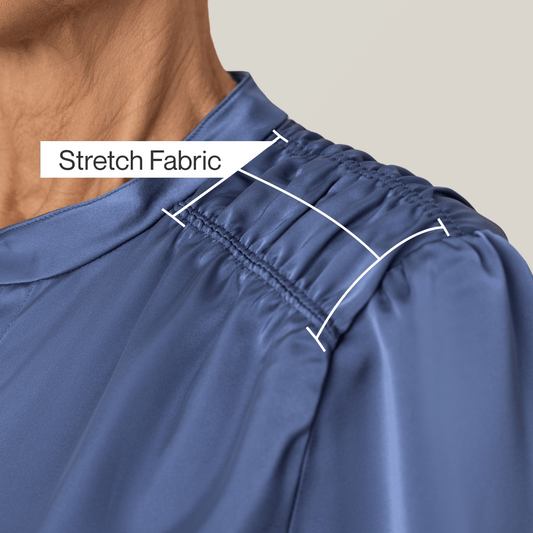
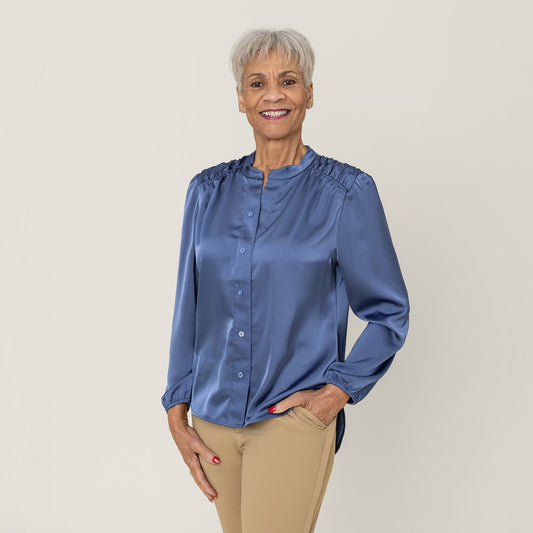
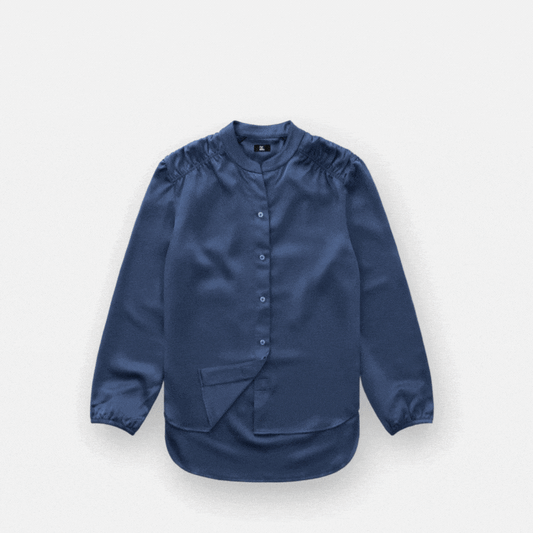
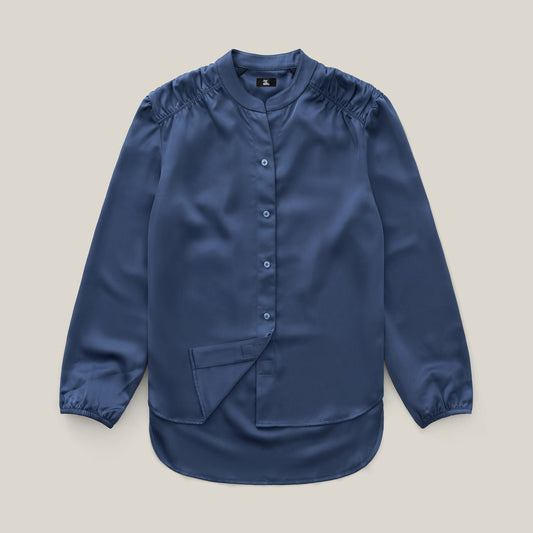
Everyday Magnetic Button Blouse
Sale Sold outRegular price $78Regular priceUnit price per$88Sale price $78Only 1 left in stock — don’t miss out!
View Full Product DetailsCouldn't load pickup availability
-
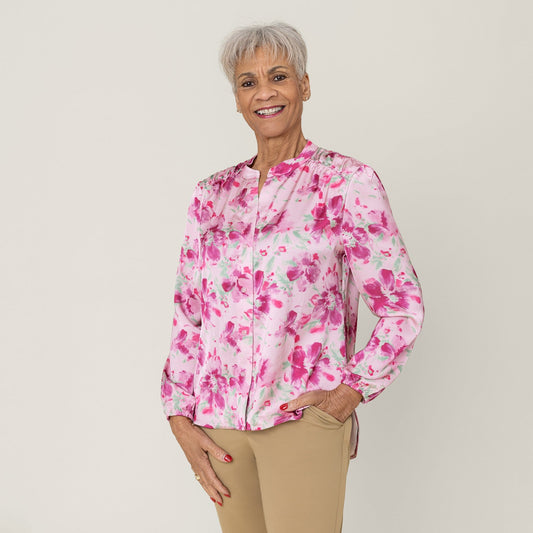 Regular price $88Regular priceUnit price per
Regular price $88Regular priceUnit price per$88Sale price $880% Off

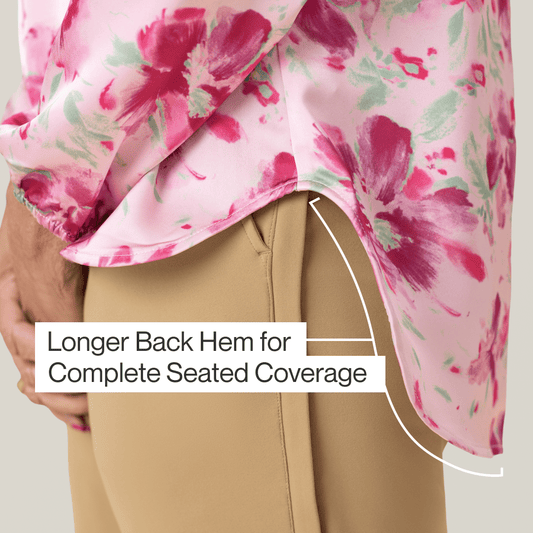
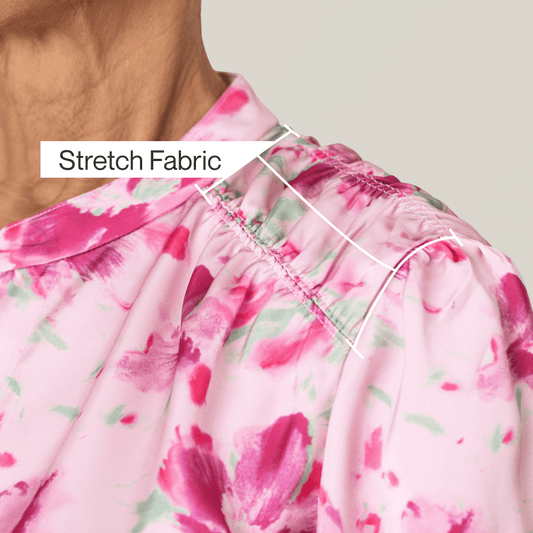
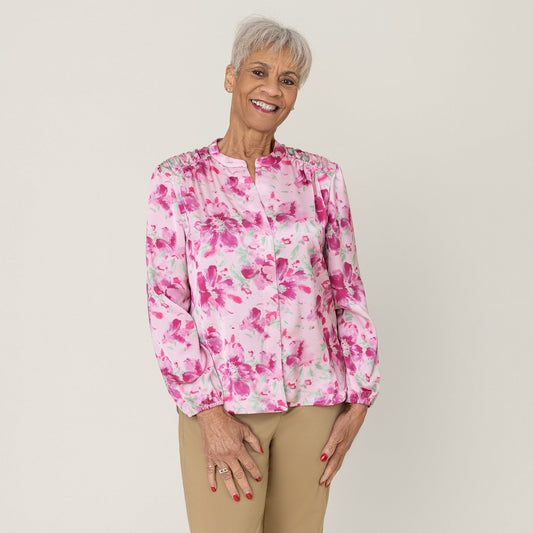
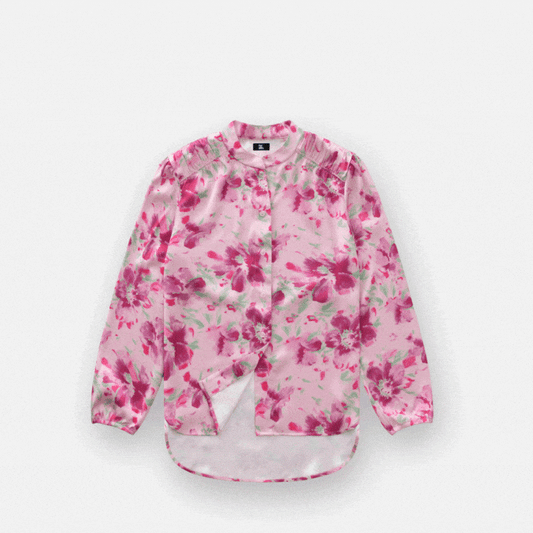
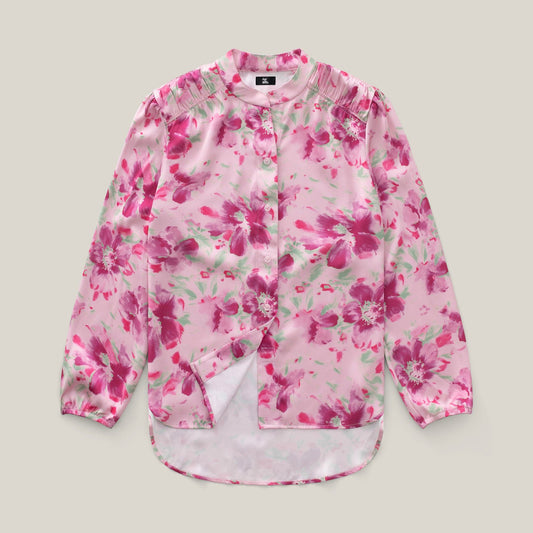
Everyday Magnetic Button Blouse
Sale Sold outRegular price $78Regular priceUnit price per$88Sale price $78Only 1 left in stock — don’t miss out!
View Full Product DetailsCouldn't load pickup availability
-
 Regular price $88Regular priceUnit price per
Regular price $88Regular priceUnit price per$88Sale price $880% Off
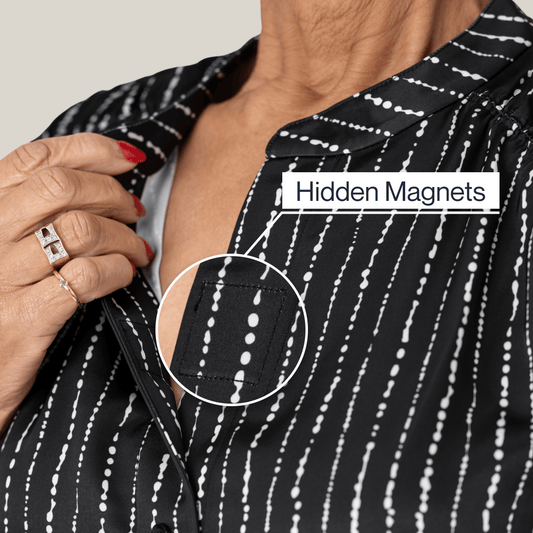


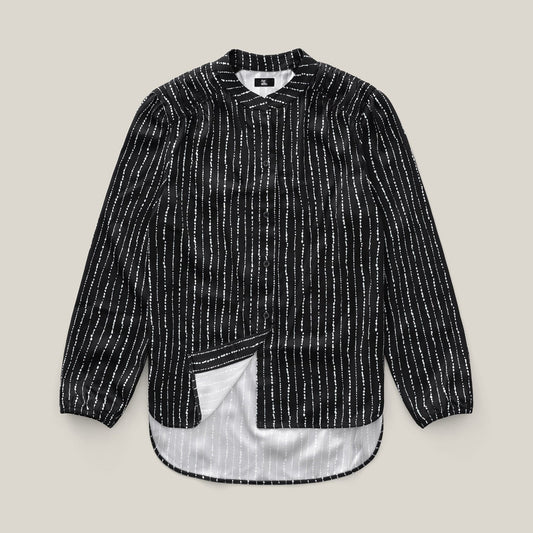
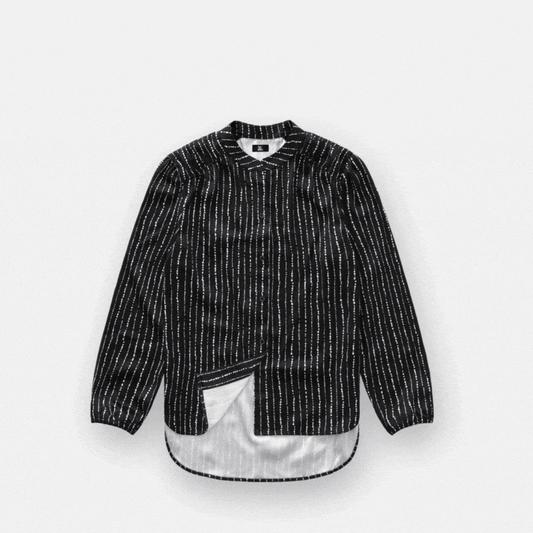
Everyday Magnetic Button Blouse
Sale Sold outRegular price $78Regular priceUnit price per$88Sale price $78Only 1 left in stock — don’t miss out!
View Full Product DetailsCouldn't load pickup availability
-
 Best Seller 19% Off
Best Seller 19% OffEveryday Magnetic Button-Down | Tailored-Fit
Regular price $88Regular priceUnit price per$108Sale price $8819% Off -
Magnetic Button-Down | Relaxed-Fit
Regular price $88Regular priceUnit price per$108Sale price $8819% Off -
 10% Off
10% Off -
Short-Sleeve Everyday Magnetic-Button Shirt
Regular price $88Regular priceUnit price per$108Sale price $8819% Off -
 19% Off
19% OffEveryday Magnetic Flannel
Regular price $88Regular priceUnit price per$108Sale price $8819% Off -
 26% Off
26% OffCareZips® Women's Adaptive Pants
Regular price $80Regular priceUnit price per$108Sale price $8026% Off -
Signature Magnetic Zip-Up Sweater For Men
Regular price $128Regular priceUnit price per$128Sale price $128 -
 11% Off
11% OffEveryday Magnetic Button Blouse
Regular price $78Regular priceUnit price per$88Sale price $7811% Off
Understanding the unique needs and preferences of individuals living with Down Syndrome is crucial when considering clothing options. Adaptive clothing serves as a vital solution, addressing specific challenges while promoting comfort, independence, and self-expression for those with Down syndrome. This article will dive into the significance of adaptive clothing for individuals with Down syndrome, various types available, essential factors to consider when selecting suitable clothing, and the transformative impact it has on their daily lives, contributing to syndrome awareness.
Explore our men's adaptive clothing and women's adaptive clothing designed to make dressing easier for individuals with Down syndrome.
How Adaptive Clothing Helps People with Down Syndrome?
Individuals with Down Syndrome may face challenges related to fine motor skills, sensory sensitivities, and a desire for independence and self-expression. Adaptive clothing for special needs such as down syndrome is designed to address these challenges, offering:
Difficulty with Fine Motor Skills and Dexterity
Adaptive clothing provides easy-close alternatives like easy snaps or magnetic closures, making dressing simpler for individuals with limited dexterity.
For more options, explore our side snap pants and limited mobility clothing collections.
Sensory Sensitivities and Clothing Preferences
Clothing designed for sensory sensitivities ensures comfort by using soft, non-irritating fabrics and tags, meeting specific preferences for comfort.
Independence and Self-Expression
Adaptive wear offers inclusive and stylish options that encourage independence and allow individuals to express their personal style confidently.
Types of Adaptive Clothing for Down Syndrome
Easy-Close Alternatives
Clothing with adaptive closures like easy snaps, magnetic buttons, or snap fasteners simplify the dressing process.
Clothing Designed for Sensory Sensitivities
Garments made from soft, tag-less fabrics address sensory preferences, reducing discomfort and irritation.
Stylish and Inclusive Clothing Options
Adaptive wear includes fashionable and inclusive choices, ensuring individuals with Down Syndrome feel confident and stylish.
Adaptive Pants
Adaptive pants for individuals with Down syndrome are designed to ensure that the wearer feels comfortable throughout the day and that the pants can be put on and off easily, without any stress or frustration. These adaptive pants for men and adaptive pants for women often feature elastic waistbands that accommodate all body types, Velcro closures, or side zippers to assist with varying levels of dexterity. The fabrics used are typically soft and stretchy, ensuring a comfortable fit that moves with the wearer. Additionally, adaptive pants are available in various styles and colors, allowing individuals to express their personal style while enjoying the practical benefits of adaptive clothing.
Adaptive Shirts
Adaptive shirts are tailored to assist individuals with Down syndrome, offering features such as magnetic closures, Velcro fastenings, and easy-to-use buttons. These shirts are designed to be easy to put on and take off, minimizing the frustration that can come with traditional buttons and zippers. The fabrics are breathable and soft, providing all-day comfort and room to freely move without restriction. Adaptive shirts come in a range of styles, from casual to formal, ensuring that individuals can dress appropriately for any occasion while maintaining their independence.
Adaptive Gowns
Adaptive gowns are ideal for individuals with Down syndrome who either require assistance with dressing or are just looking for a comfortable nightgown to sleep in. For those in need for a gown for assisted dressing, you should opt for ones that have an open-back design, similar to a hospital gown, with Velcro or snap closures, allowing caregivers to dress the wearer easily and quickly. For independent dressers, you should choose front-closing adaptive gowns that feature Velcro closures instead of ties or snaps. Made from soft, breathable materials, these house dresses ensure maximum comfort and prevent skin irritation. Adaptive gowns are suitable for various settings, including home, hospitals, and care commuities, providing a dignified and comfortable option for those with special needs.
Adaptive Tops
Adaptive tops for individuals with Down syndrome offer practical solutions that make dressing easier – quality adaptive tops equally blend style and functionality. These clothes for older women include side or back closures, magnetic fastenings, or Velcro closures, designed to accommodate different levels of mobility and dexterity. Some tops are designed to make it easier to receive dressing help from another person while others are intended to be used by people who dress independently. The fabrics are typically soft and stretchy, ensuring comfort throughout the day.
Adaptive Bras
Adaptive bras are designed to provide comfort and support for women with Down syndrome along with multiple easy ways to put it on and off. These bras often feature front closures and adjustable straps, making them easier to put on and take off without needing extensive arm movement. Some adaptive bras can even be put on with just one hand! The materials used are soft and stretchy, ensuring a comfortable fit that does not cause irritation. Adaptive bras offer the necessary support while being easy to manage, enhancing the dressing experience for women with Down syndrome.
Gripper Socks
Gripper socks are an excellent choice for individuals with Down syndrome, providing both comfort and safety. These socks feature non-slip grips on the soles, which help prevent falls and provide stability, particularly on slippery surfaces. Gripper socks are made from the same fabric as regular socks and will look and feel just like those regular socks, providing breathability and comfort. They are easy to put on and take off, making them a practical addition to any wardrobe. Available in various colors and patterns, gripper socks combine functionality with style.
Factors to Consider When Choosing Adaptive Clothing
When selecting adaptive clothing for individuals with Down Syndrome, consider these crucial factors:
Comfort and Fit
Prioritize clothing that offers comfort and a proper fit, allowing ease of movement and reducing discomfort.
Ease of Dressing and Independence
Choose garments that promote independence, offering features that simplify dressing and undressing.
Sensory Considerations
Select fabrics and designs that cater to sensory sensitivities, ensuring comfort throughout the day.
Personal Style and Preferences
Consider the individual's preferences and style to boost confidence and self-expression.
Why Choose Adaptive Clothes for People with Down Syndrome?
Adaptive clothing empowers individuals living with Down Syndrome by providing options that prioritize comfort, independence, and style, enabling them to confidently navigate daily activities and express their unique personalities. If you’d like to see a fashion model who is living with Down Syndrome and wearing adaptive clothing, check out this video.
Related collections:
Gripper Socks | Side Zips | Men's Adaptive Clothing | Compression Socks | Women's Elastic Waist Pants
